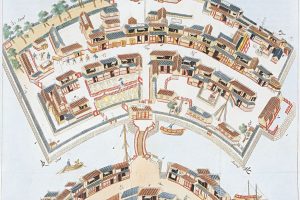 Industrial revolution The industrial revolution that began in Britain in…
Industrial revolution The industrial revolution that began in Britain in… 1. prologue
 Industrial revolution The industrial revolution that began in Britain in…
Industrial revolution The industrial revolution that began in Britain in… These articles about No.2 sea fort are displayed at random. There are four categories: history, remains, architecture and nature. Let’s tap the title you care about.
 Industrial revolution The industrial revolution that began in Britain in…
Industrial revolution The industrial revolution that began in Britain in… 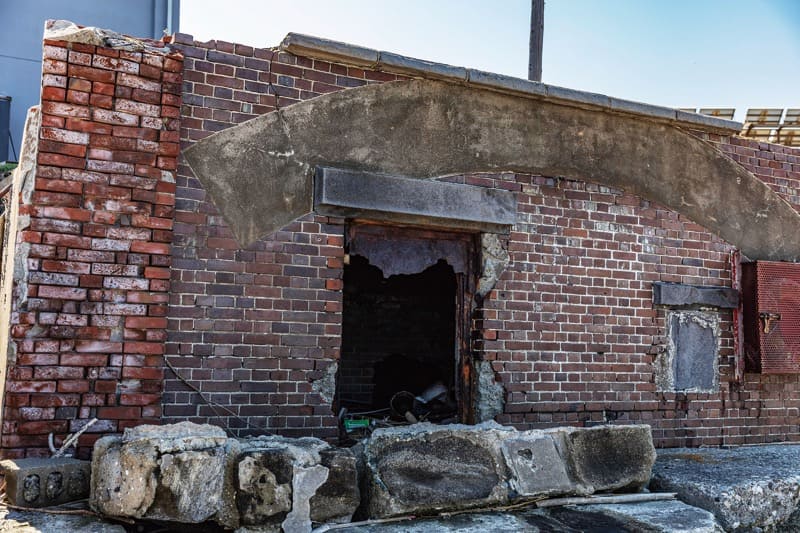 Storage house nearby the moorings on north side. Its wall…
Storage house nearby the moorings on north side. Its wall… 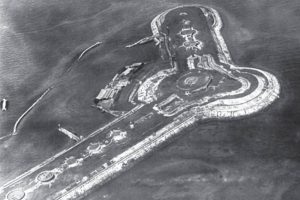 The Great Kanto Earthquake struck on September 1 Taisho 12(1923),…
The Great Kanto Earthquake struck on September 1 Taisho 12(1923),…  The Tokyo Bay Fortress is the group of artillery batteries…
The Tokyo Bay Fortress is the group of artillery batteries… 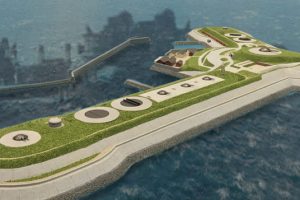 Akinori Nishida contributed in technical aspect of Tokyo Bay Sea…
Akinori Nishida contributed in technical aspect of Tokyo Bay Sea… 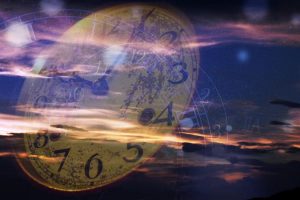 Japanese Calendar Western Calendar Events of Sea Defense Edo Kanei16…
Japanese Calendar Western Calendar Events of Sea Defense Edo Kanei16… 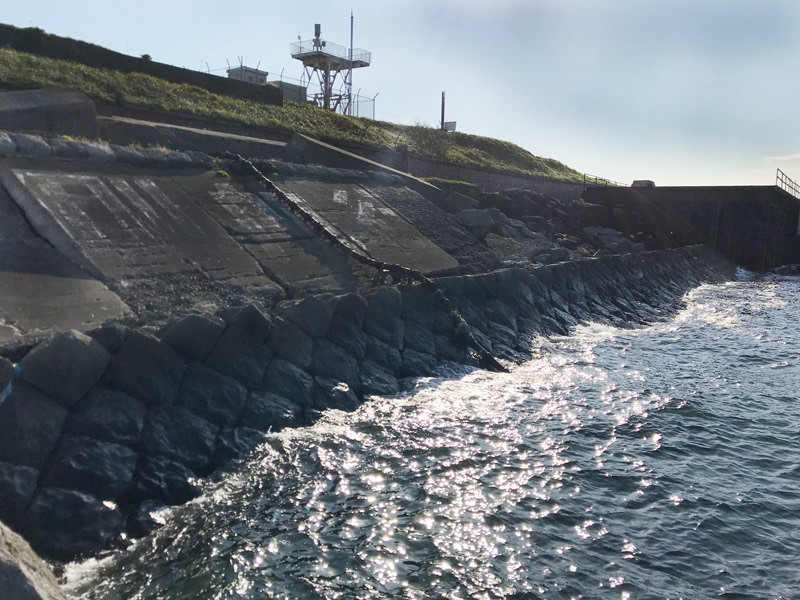 Revetment stone wall of Japanese traditional engineering technology called“Kenchi-ishizumi”on the…
Revetment stone wall of Japanese traditional engineering technology called“Kenchi-ishizumi”on the… 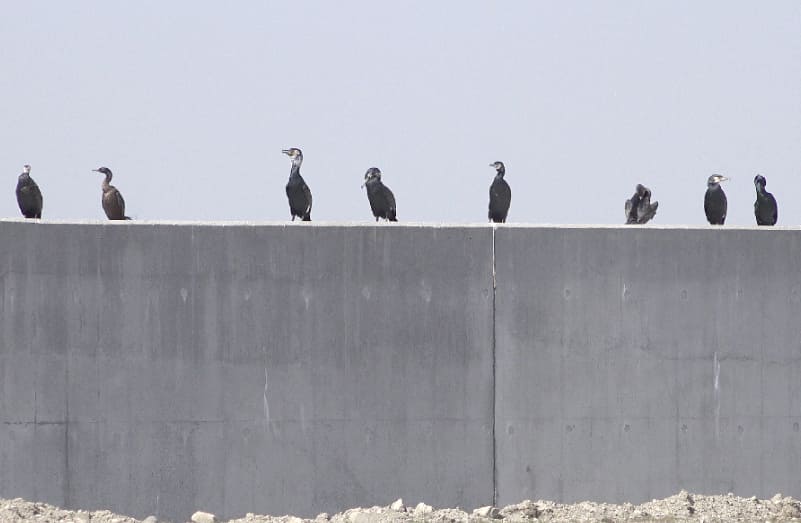 Japanese cormorant is a bird that mainly eats fish and…
Japanese cormorant is a bird that mainly eats fish and…  From No.2 Sea Fort they found some other bricks other…
From No.2 Sea Fort they found some other bricks other…  After the Sino-Japanese War, the Imperial Navy installed the torpedo…
After the Sino-Japanese War, the Imperial Navy installed the torpedo… 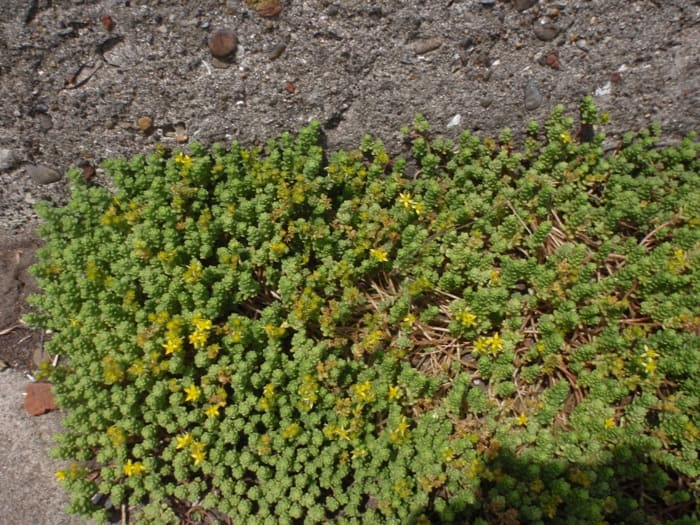 Sedum is a succulent of the same family as cactus.…
Sedum is a succulent of the same family as cactus.… 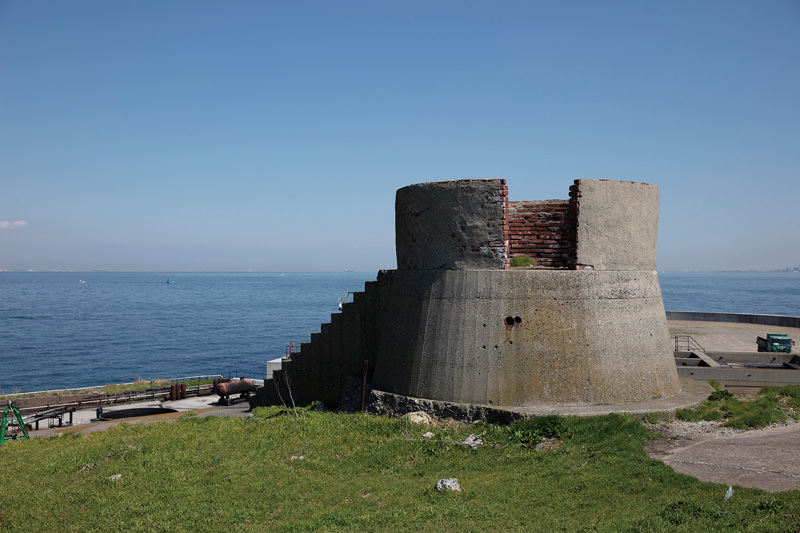 Central turret observation platform. This observation platform was con- structed…
Central turret observation platform. This observation platform was con- structed… 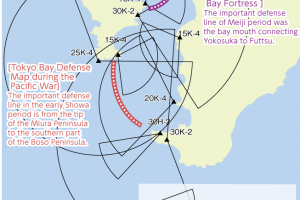 The construction of Tokyo Bay Fortress started in Meiji 13…
The construction of Tokyo Bay Fortress started in Meiji 13… 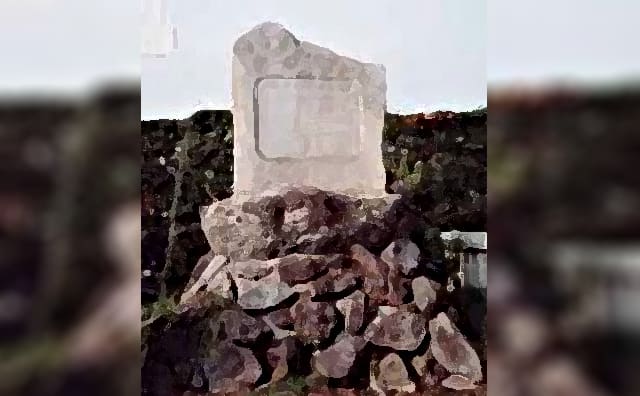 Many workers, not just engineers, engaged in the construction of…
Many workers, not just engineers, engaged in the construction of… 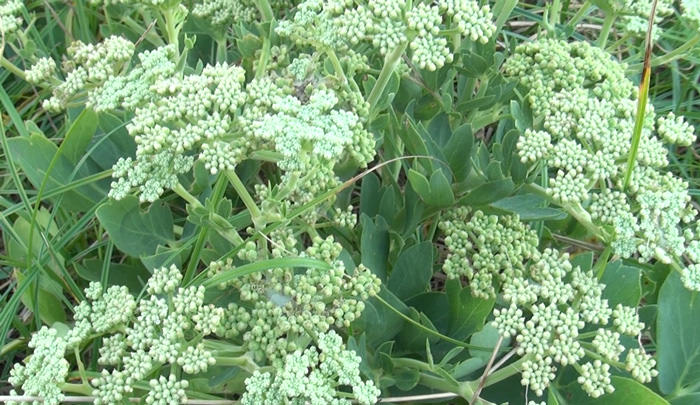 "Botan Boufuu" is an evergreen perennial plant of the dropwort found rockyarea of seacoast.…
"Botan Boufuu" is an evergreen perennial plant of the dropwort found rockyarea of seacoast.… 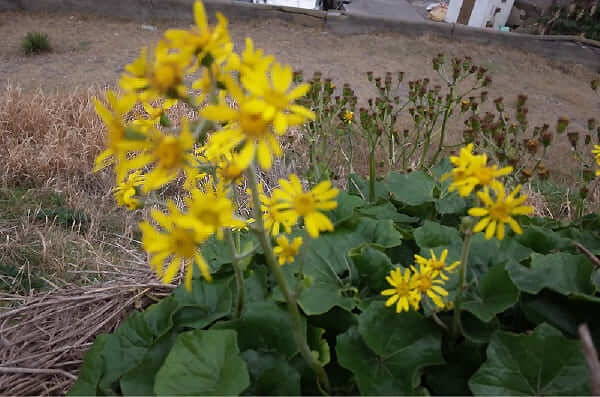 An evergreen perennial that does not wither its green leaves…
An evergreen perennial that does not wither its green leaves… 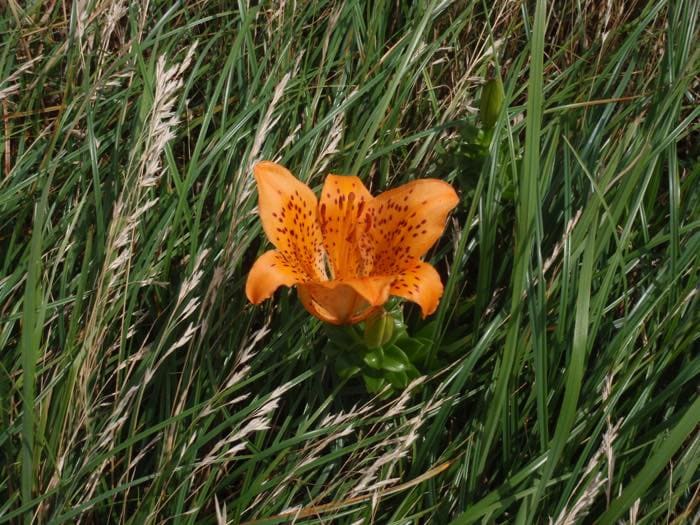 Lilium maculatum grows in coastal gravel areas and cliffs, and the flowers…
Lilium maculatum grows in coastal gravel areas and cliffs, and the flowers… 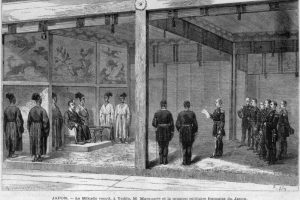 Aritomo Yamagata ruling the Imperial Army as a Marshal from…
Aritomo Yamagata ruling the Imperial Army as a Marshal from… 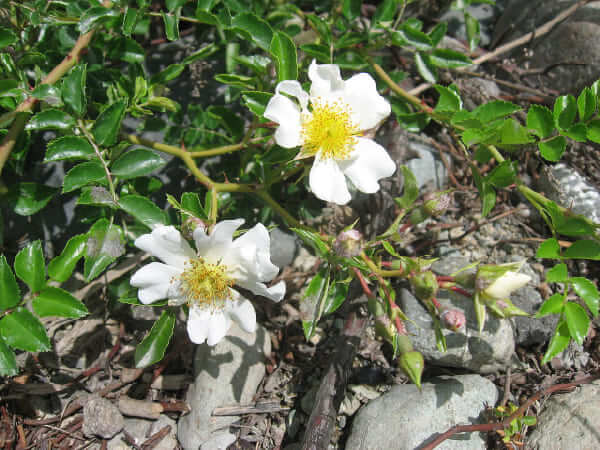 Teriha (shining leaf) rosa polyantha is characterized by shiny leaves,…
Teriha (shining leaf) rosa polyantha is characterized by shiny leaves,… 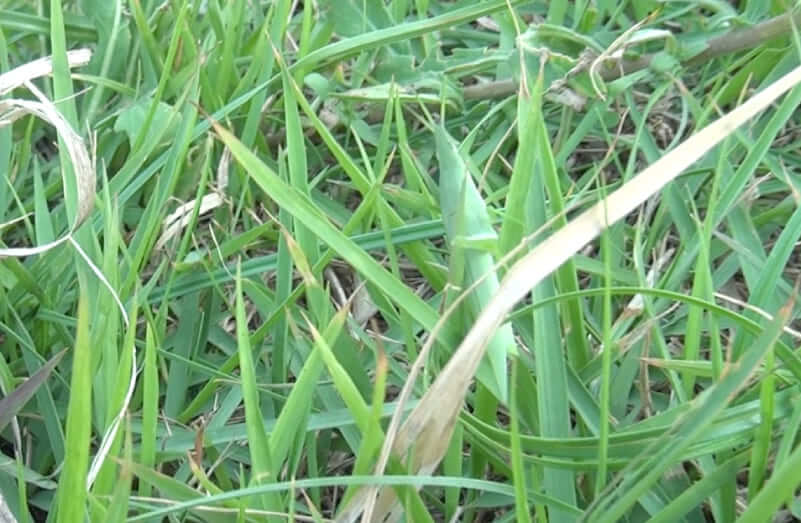 Do you know where they are in the photo? You…
Do you know where they are in the photo? You…  No.3 Shinagawa Daiba is the park where you can walk in.…
No.3 Shinagawa Daiba is the park where you can walk in.… 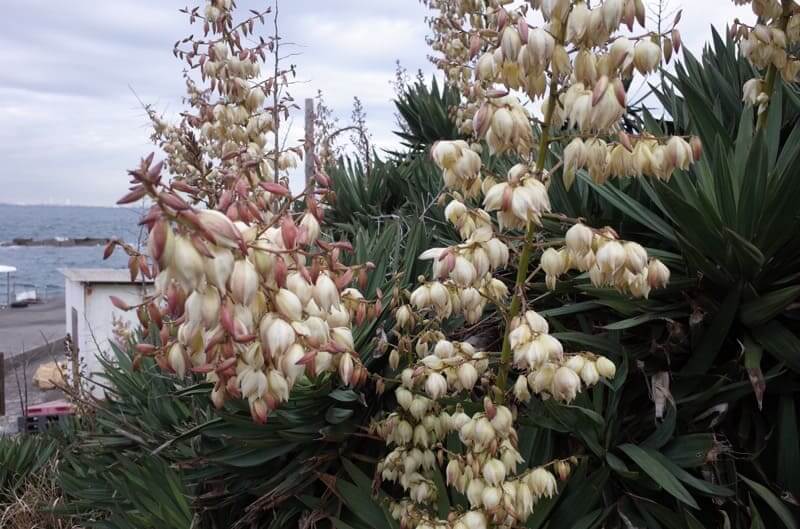 An evergreen shrub native to North America. It features thick…
An evergreen shrub native to North America. It features thick… 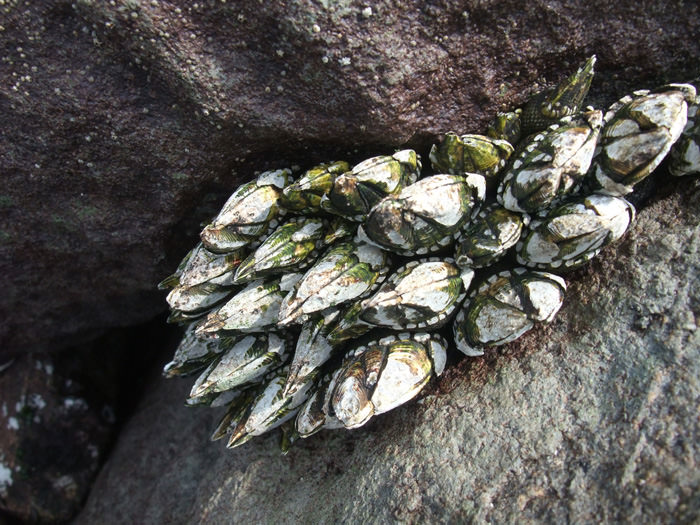 It is usually about 3-4 cm, and it inhabits the…
It is usually about 3-4 cm, and it inhabits the… 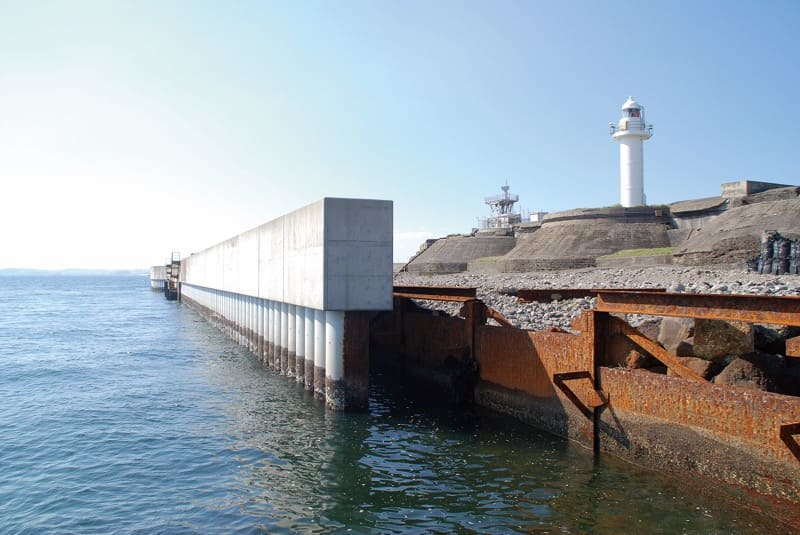 Due to large-scale earthquakes such as the Tokyo Metropolitan Earthquake…
Due to large-scale earthquakes such as the Tokyo Metropolitan Earthquake…  You can observe jellyfish floating around the coast of No.2…
You can observe jellyfish floating around the coast of No.2…  It's a little tired, but it's a prickly pear cactus.…
It's a little tired, but it's a prickly pear cactus.…  Entrance of underground fortress on the left wing.
Entrance of underground fortress on the left wing. 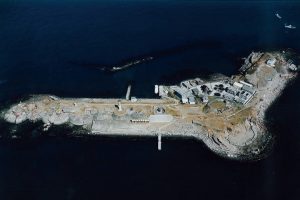 As No.2 Sea Fort is located at the mouth of…
As No.2 Sea Fort is located at the mouth of… 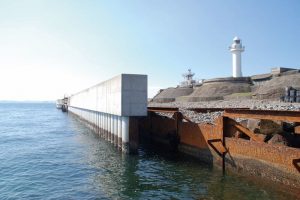 Tokyo Bay is an important sea area that supports economic…
Tokyo Bay is an important sea area that supports economic… 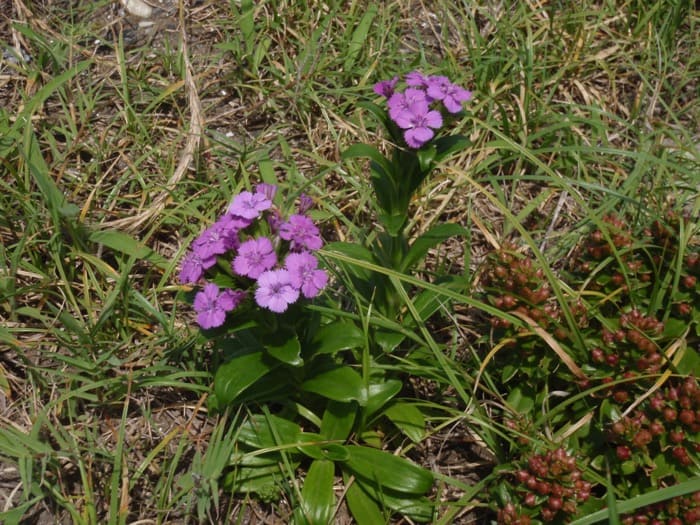 The flowering season of Dianthus japonicus which grows naturally on cliffs and…
The flowering season of Dianthus japonicus which grows naturally on cliffs and… 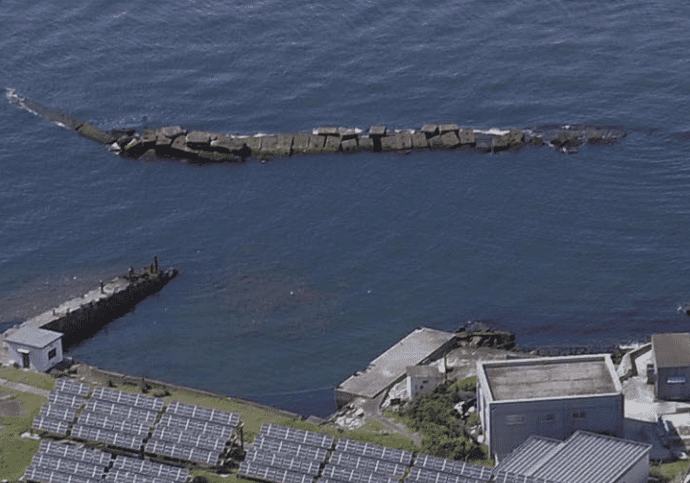 Breakwater on north side sea area. Its length of east…
Breakwater on north side sea area. Its length of east… 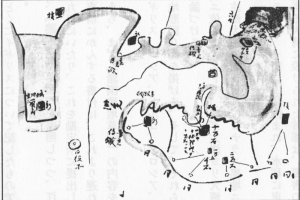 Egawa Tarozaemon Hidetatsu (1801-55) who was ”Daikan” (the local governer)…
Egawa Tarozaemon Hidetatsu (1801-55) who was ”Daikan” (the local governer)… 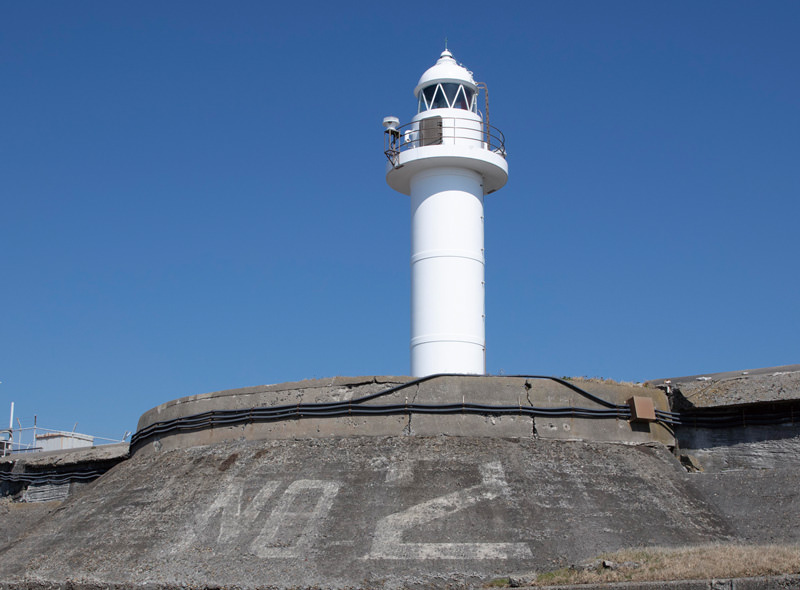 This is the remains of 15cm cannon gun battery and…
This is the remains of 15cm cannon gun battery and… 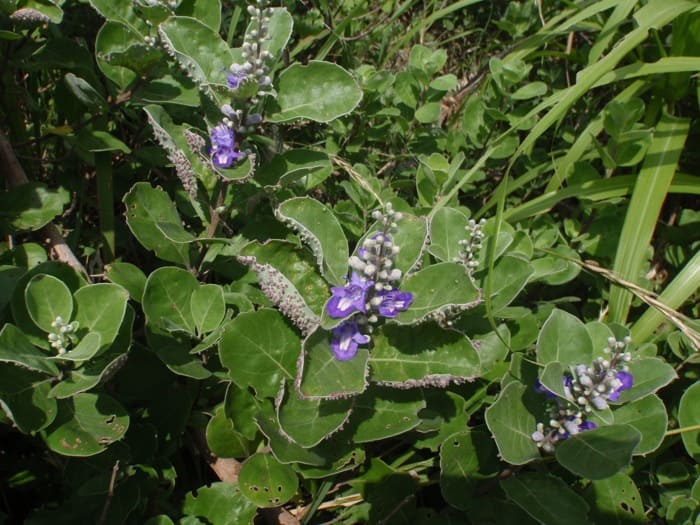 An evergreen small shrub that grows on sandy beaches. The…
An evergreen small shrub that grows on sandy beaches. The… 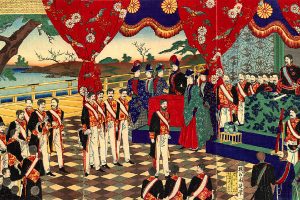 The Meiji New Government worked on "the Tokyo Bay Defense…
The Meiji New Government worked on "the Tokyo Bay Defense… 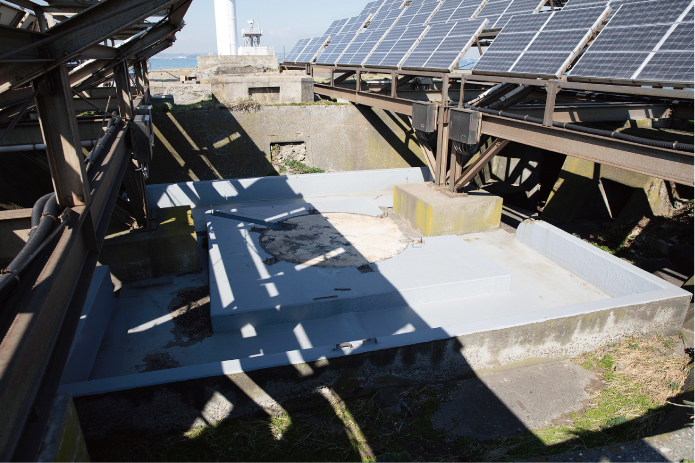 12.7cm high angle gun platform. This high angle gun was…
12.7cm high angle gun platform. This high angle gun was… 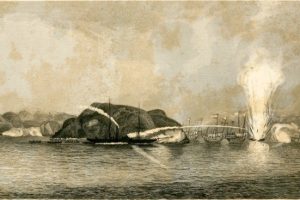 After the Industrial Revolution, the power of the Western countries…
After the Industrial Revolution, the power of the Western countries… 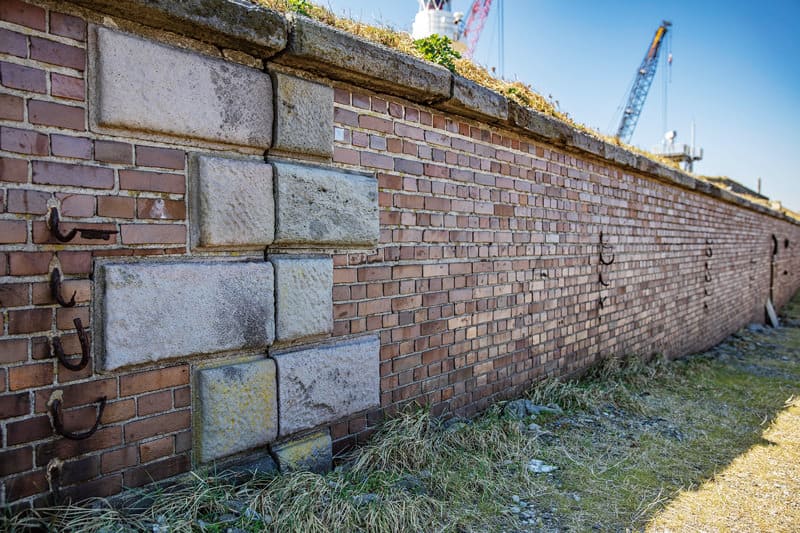 Outlook of the bunker on the right wing north side.…
Outlook of the bunker on the right wing north side.…  Unfortunately we couldn't capture their appearance and only record to…
Unfortunately we couldn't capture their appearance and only record to… 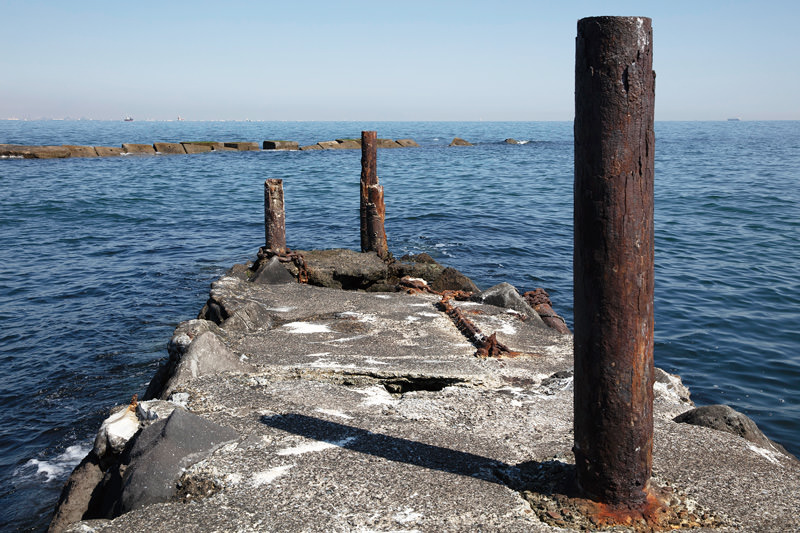 Moorings on north side of the fort. Many bollards remained…
Moorings on north side of the fort. Many bollards remained… 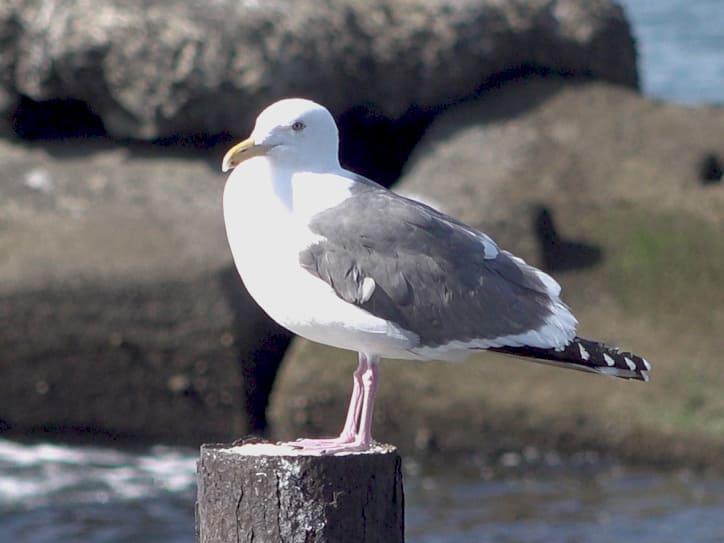 It's a big seagull resting for a long time on…
It's a big seagull resting for a long time on… 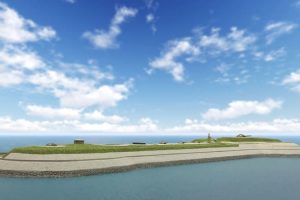 Revetment work also adopted for construction of the No.3 Sea Fort.…
Revetment work also adopted for construction of the No.3 Sea Fort.… 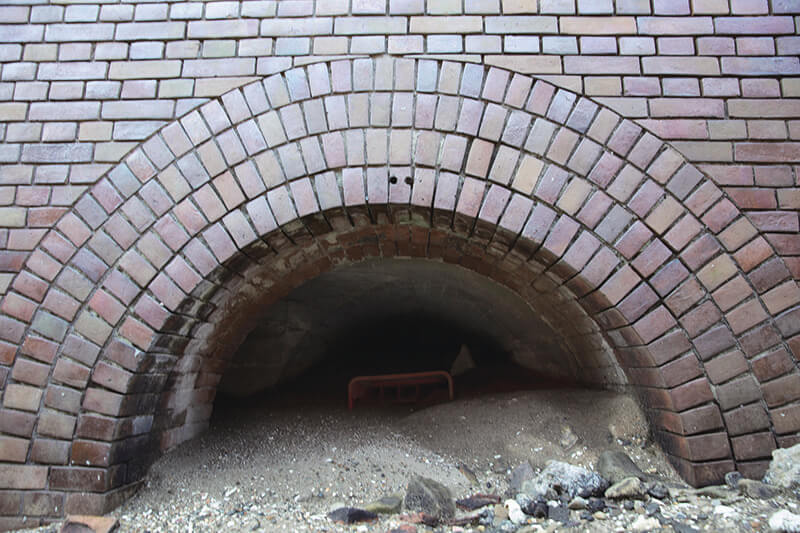 This is an Inside the bunker on the north side…
This is an Inside the bunker on the north side… 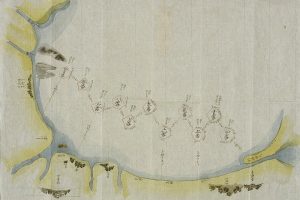 Egawa Tarozaemonhidetatsu ordered by the Shogunate again to plan the…
Egawa Tarozaemonhidetatsu ordered by the Shogunate again to plan the… 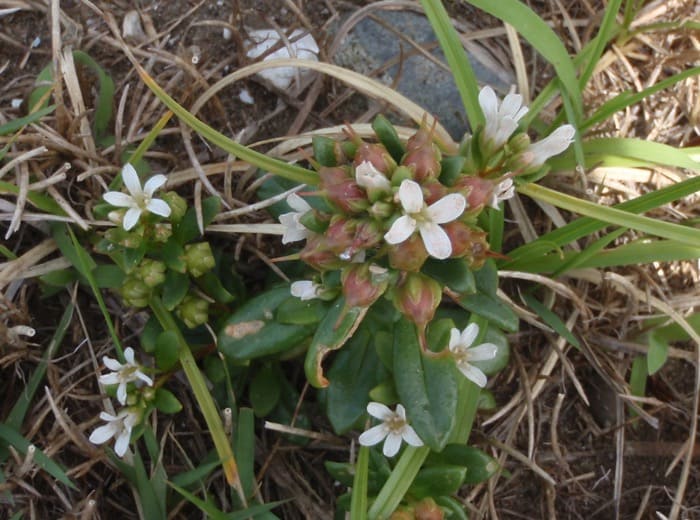 Lysimachia mauritiana is a perennial plant of the Primrose family. It…
Lysimachia mauritiana is a perennial plant of the Primrose family. It… 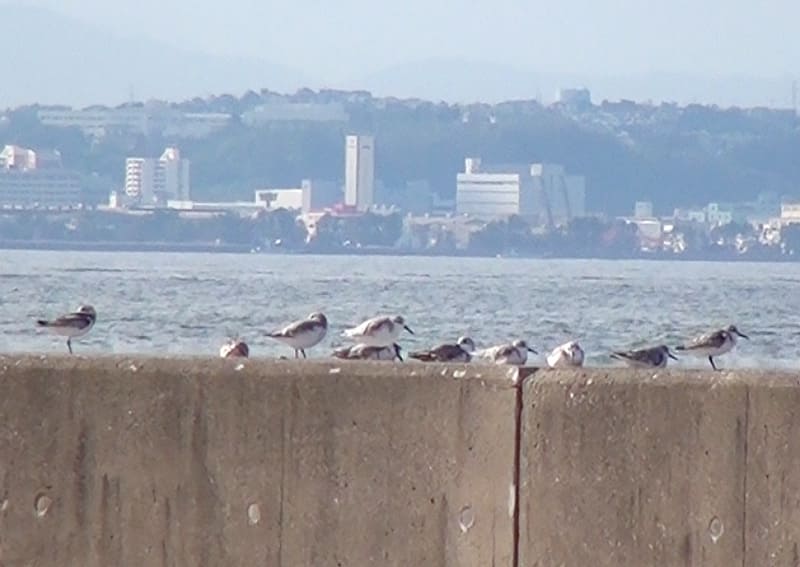 During the breeding season of the bird, its back turns…
During the breeding season of the bird, its back turns… 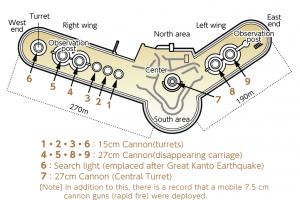 Foot wall and back wall of upper part installation of…
Foot wall and back wall of upper part installation of… 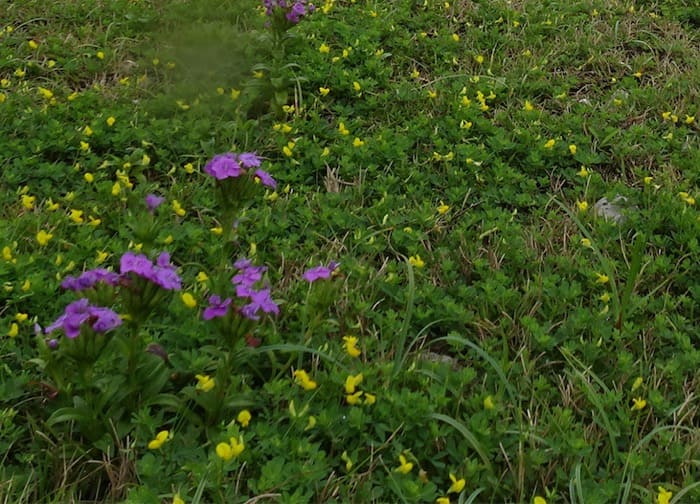 In early summer, small yellow flowers in the shape of…
In early summer, small yellow flowers in the shape of… 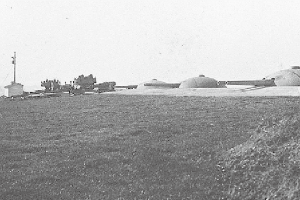 Since Meiji 13 (1880), Imperial Army launched full-scale construction of…
Since Meiji 13 (1880), Imperial Army launched full-scale construction of… 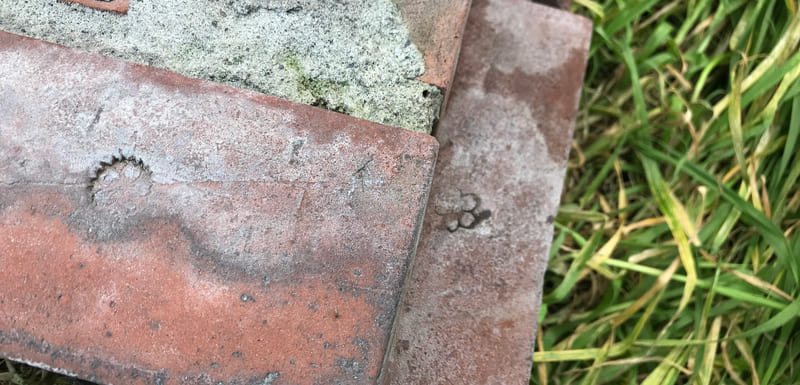 Although there are no brick constructions such as barracks, bunkers…
Although there are no brick constructions such as barracks, bunkers…  Major Hisataka kuroda of Imperial Army who took a key…
Major Hisataka kuroda of Imperial Army who took a key… 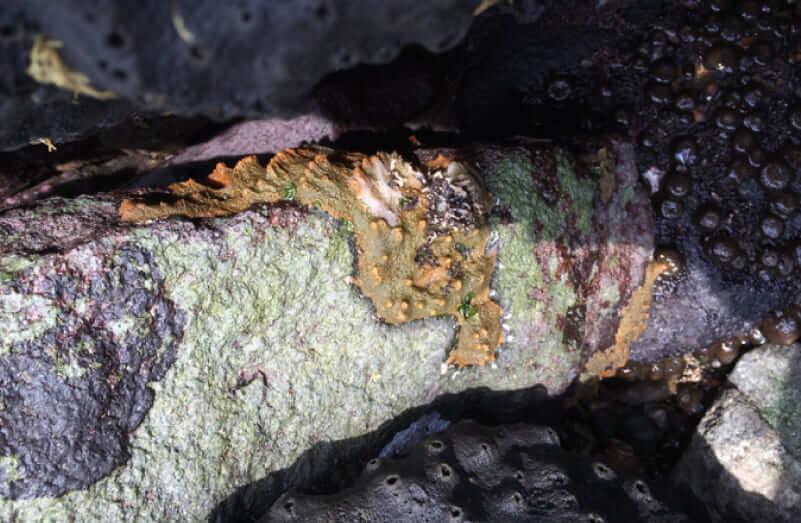 This creature, also called the "Kaimen", or sponge, has loose…
This creature, also called the "Kaimen", or sponge, has loose… 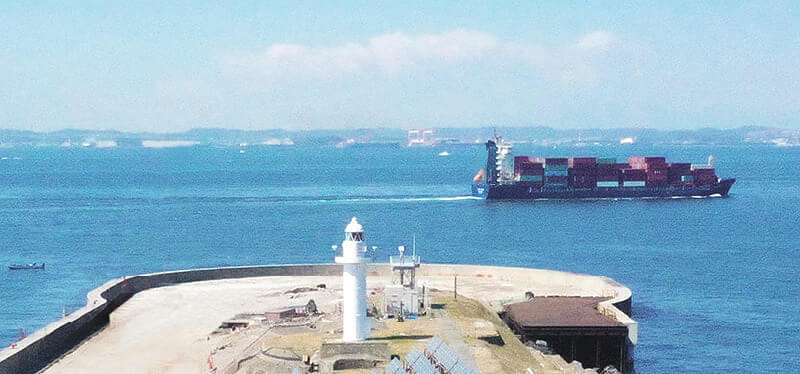 No.2 Sea Fort is close to the Uraga Suido Pas-…
No.2 Sea Fort is close to the Uraga Suido Pas-… 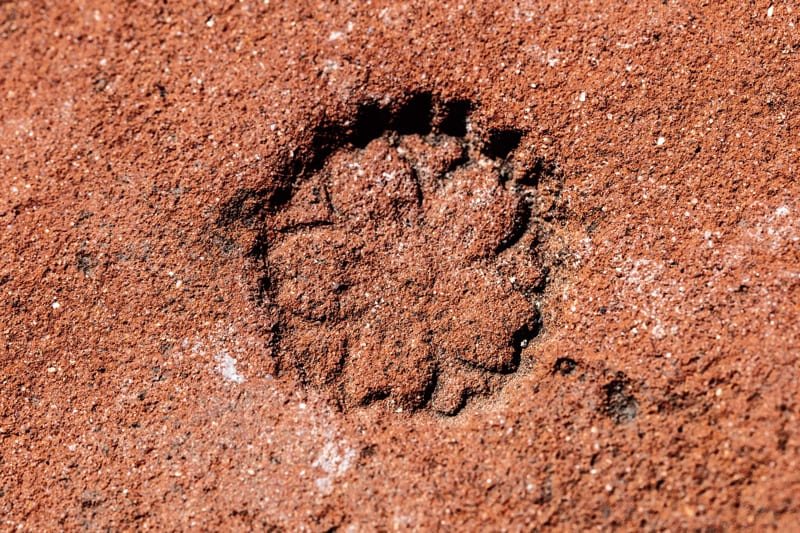 From No.2 Sea Fort they found some other bricks other…
From No.2 Sea Fort they found some other bricks other… 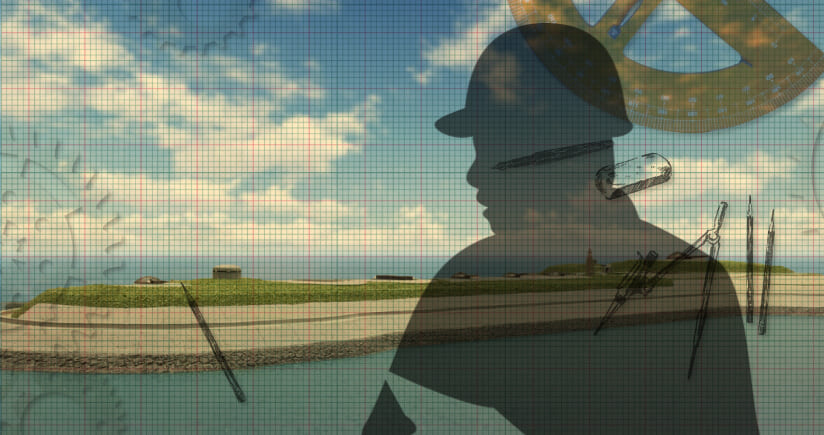 Akinori Nishida was born in Iwakuni (Yamaguchi Prefecture). At the…
Akinori Nishida was born in Iwakuni (Yamaguchi Prefecture). At the… 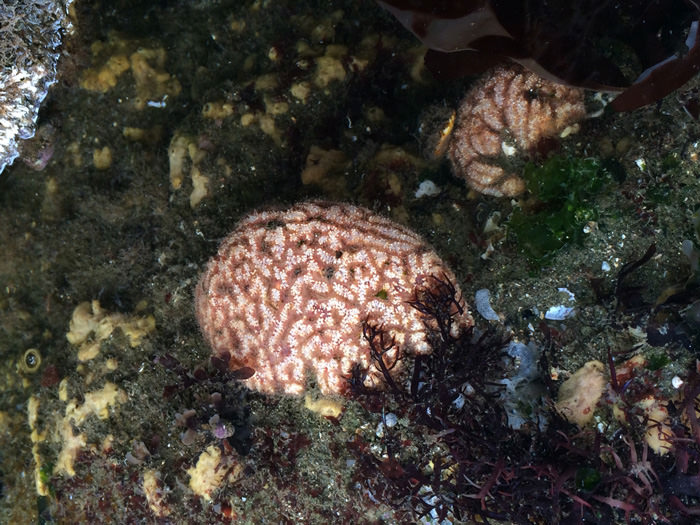 It is an orange mottled object, a kind of ascidian…
It is an orange mottled object, a kind of ascidian… 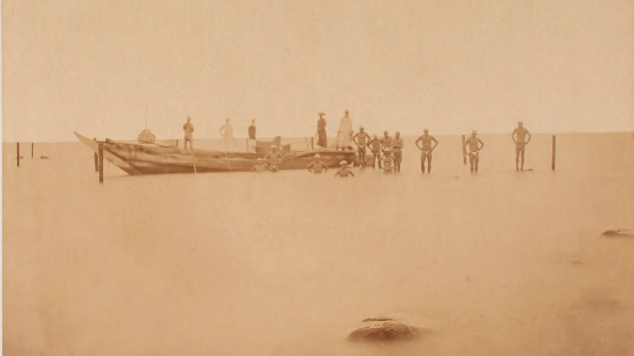 Construction of No.2 Sea Fort relied on human power It…
Construction of No.2 Sea Fort relied on human power It… 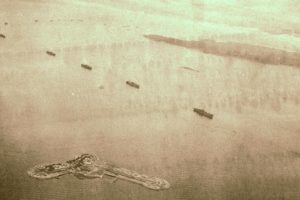 On August 14, 1945, the Kantaro Suzuki Cabinet accepted the…
On August 14, 1945, the Kantaro Suzuki Cabinet accepted the…